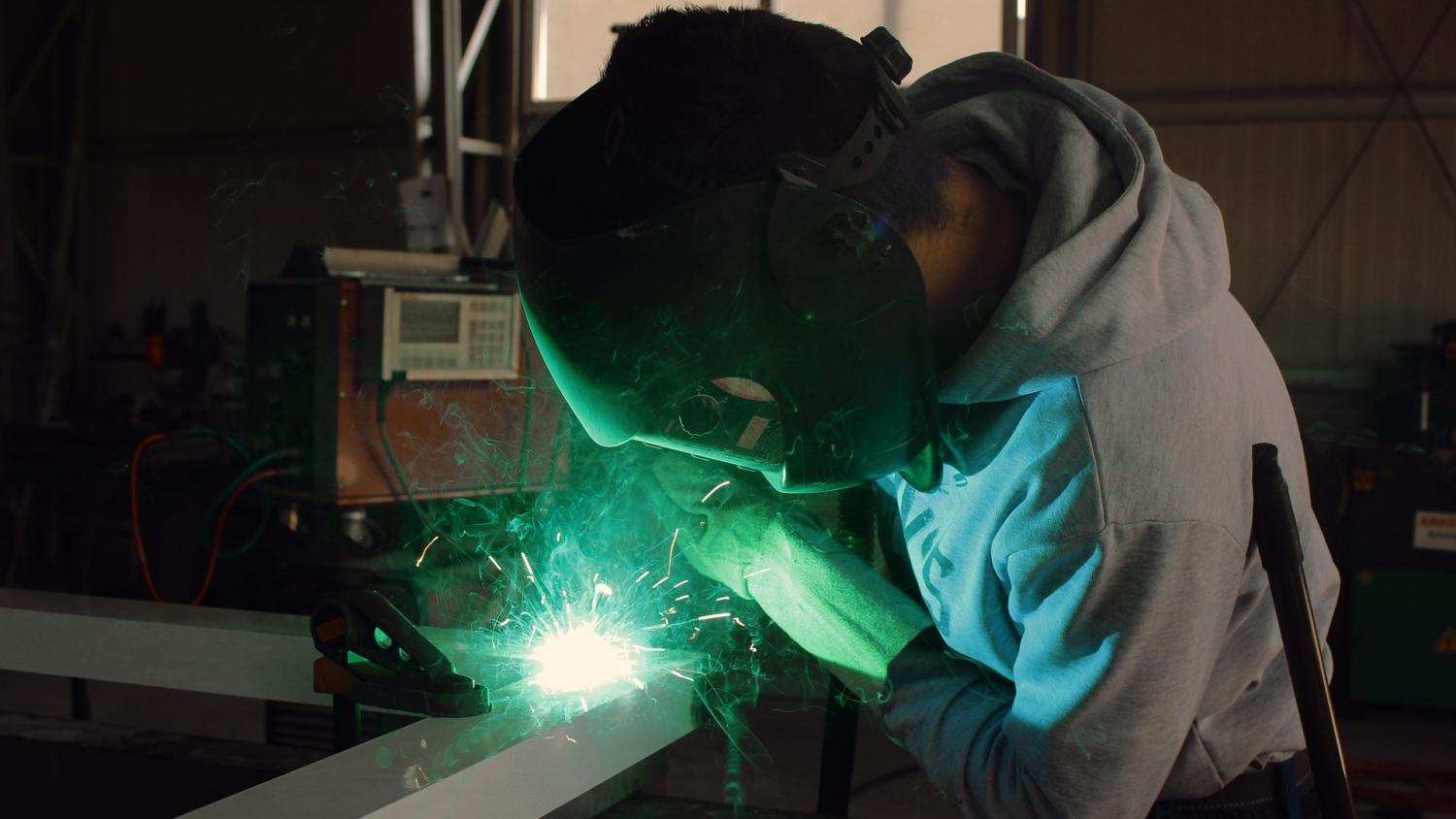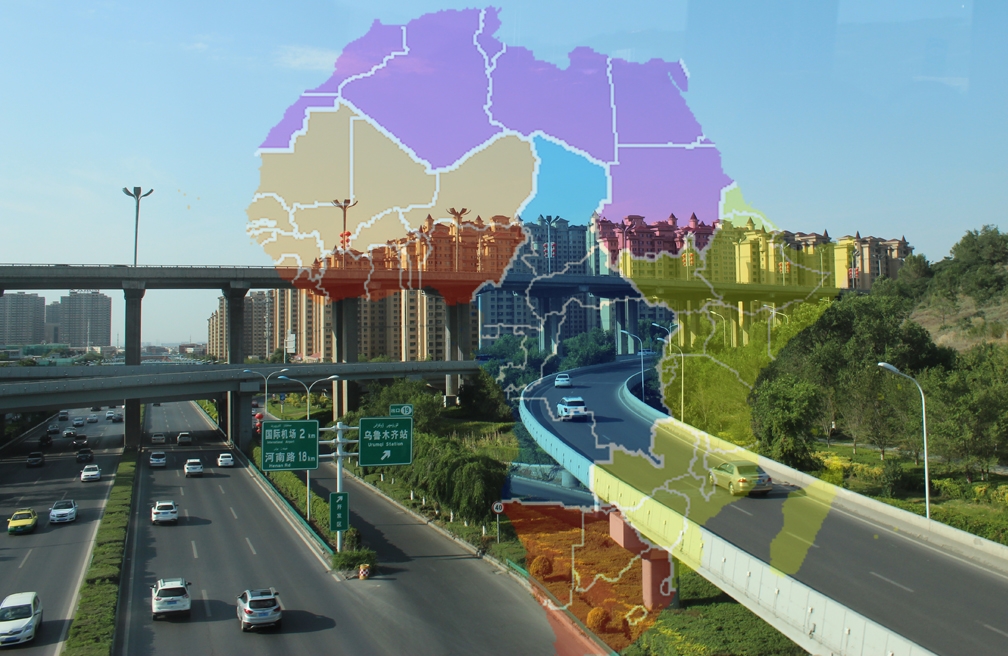
Three reasons why Canada should invest more in polytechnic education for innovation
By Nobina Robinson
The G7 met in late September to discuss how the nature of work is changing, and how, largely, automation is driving that change. Canada’s Minister of Employment, Workforce Development and Labour, Patty Hajdu, along with her counterparts, discussed the challenges presented by the Fourth Industrial Revolution and how to put “people and work at the heart of innovation.”
But it seems as the conversation continues to unfold internationally, our federal government has not considered all the solutions already at hand in Canada that can boost innovation and productivity.
In Canada, while we grapple with the future of work, we are also simultaneously grappling with questions around how to make our country more innovative, how to address economic growth, and the ability of all citizens to succeed in a changing economy — what our government refers to as “inclusive growth.”
As a solution, we’ve seen the federal government return time and again to their investments for Canada’s university network – but this is only part of the national portrait. Canada’s polytechinics, the skills-intensive, technology-based institutes, aligned with industry, are also an essential component.
Here are three reasons why the federal government needs to invest more – and pay more heed to — polytechnic education and innovation:
- Polytechnics work in partnership with Canada’s labour market
Despite the fact that Canada lacks high-quality, up-to-date labour market information, the federal government does have evidence that polytechnics are already highly integrated with industry and train students according to present and future industry needs. Why does this not capture the attention of decision-makers?
The goal of polytechnic education is employment. Polytechnics act as direct talent pipelines to industry. The combination of widely available work-integrated learning opportunities and programming that is designed by industry means that students graduate with a broad set of transferable soft skills, but also technical, industry-specific skills. They graduate to jobs.
To prepare students for the labour market, polytechnics offer four year Bachelor’s degrees, diplomas, advanced diplomas, graduate certificates and apprenticeships. The short time-to-delivery of certificates, diplomas and advanced diplomas means that students are learning in an earning environment. The skills, machinery and techniques learned will be immediately applicable given the labour market has had less time to shift.
- Polytechnics train the skilled trades workforce required for a digital economy
As much of the baby-boomer population reaches the age of retirement, the Canadian labour market will face significant supply-side pressure. One example is Canada’s construction sector which is expected to face a shortage of 250,000 workers within the next 10 years. With Canada facing these demographic pressures, increased focus on how we develop the talent that feeds into the future labour market is a solution.
The skilled trades, in particular, will require a whole new set of skills, even though jobs will remain. The ability to utilize and work alongside new technologies will be critical to success.
Both knowledge and know-how will be integral to Canada’s success and skilled tradespeople are the technology enablers that our new economy will need.
Apprentices at polytechnics learn to diagnose problems using mobile-based applications, using simulators to replicate real workplace challenges and utilizing blended learning to ensure theory-based knowledge is complemented by applied learning.
- Polytechnics give business the capacity to innovate
In Canada, 99.7 per cent of businesses are small and medium sized enterprises (SMEs) and many lack the in-house capacity to conduct experiential development, business validation and technology adoption — all instrumental to building innovation capacity.
Polytechnics bridge this gap by providing the resources businesses require to innovate. Faculty and staff have subject matter expertise and a wide spectrum of physical assets such as 3D printers, water laser-jet cutters and computer numerical control (CNC) machines to assist firms with the capital intensive components of the product development process.
Students participate in applied research projects that offer team work and problem-solving experiences to solve real business innovation challenges. The benefit of student participation is dual: businesses get access to an additional resource and students build their innovation literacy, ensuring that when they enter the labour force, they are “innovation enabled.”
Polytechnics occupy a unique space in the innovation ecosystem and must not be confused with universities and their science mission. They operate at the near-to-market end and ensure that company partners who seek innovation capacity have access, and in-turn, that these businesses can expand their market share and ultimately grow the Canadian economy.
Nobina Robinson is Chief Executive Officer of Polytechnics Canada, the national association representing the leading polytechnics and colleges in Canada.









